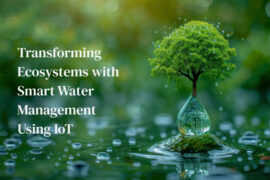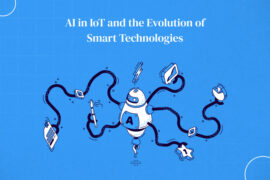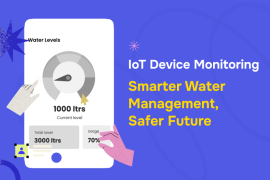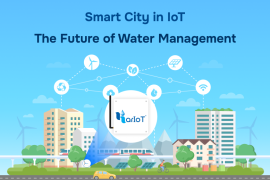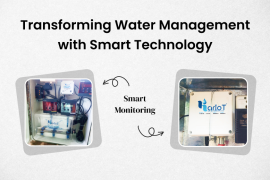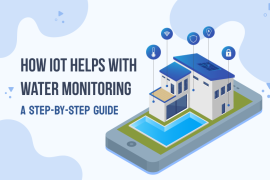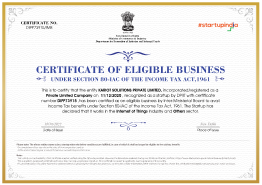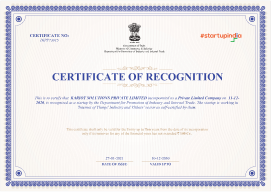The Internet of Things (IoT) has emerged as a revolutionary force in the rapidly evolving technological world. It has transformed the way we interact with our surroundings. As businesses and tech enthusiasts learn more about the Internet of Things (IoT), managing a network of smart gadgets that is always expanding becomes a major challenge. This blog post will describe IoT device management, which is a significant technique to improve network performance, technology in water usage, security, and operational efficiency.
Introduction:
IoT is at the forefront of new technology because it allows everyday devices to link to the internet, communicate with one another, and share data. This connectivity makes things more efficient and convenient than ever before, but it also complicates keeping track of all the devices. IoT device management provides a comprehensive solution to these problems, ensuring that IoT networks run smoothly, safely, and efficiently.
Why is advanced IoT device management important?

When it comes to business, IoT has the incredible power to improve efficiency and productivity. However, this option is not without hazards. Poor IoT device management can lead to security defects, data breakings, and inefficient systems. Strong IoT device management is not an option; it is a need.
Important Features of Advanced IoT Device Management:

Protection and authentication for devices: The most important aspect of an IoT network is its ability to authenticate devices and control unauthorised access. In this case, it is critical to have standard security updates and rigorous authentication techniques.
Improving network performance: An IoT network must be able to link to the internet reliably, experience minimal downtime, and handle huge portions of data flows quickly.
Remote management and monitoring: Real time monitoring and troubleshooting and replacing firmware remotely make the network more responsive and dependable.
Compliance and Data Privacy: It is critical to maintain trust and integrity in IoT networks by negotiating the complex world of industry regulations and ensuring that sensitive data is protected.
Managing IoT devices can be challenging:
Handling a large number of IoT devices can be challenging due to the technology’s sophistication and inability to be scaled up or down. To address these problems, you must plan strategically and prioritize solutions that can be scaled up and combined with other systems tools and platforms that enable management.
The most effective approaches to setting up advanced IoT device management:
To navigate the complex world of IoT device control, businesses must adhere to a set of best practices. Some examples include rigorous risk assessments, regular software upgrades, strong encryption methods, and responsible device management.
New technologies and trends are frequently changing the way IoT device management is performed, therefore the area is extending. Companies that want to stay ahead of the competition and safeguard their IoT networks from new dangers must keep up with these developments.
IoT in Water Management: Utilising Smart Device Management to Save the Environment:

Water management is one of the most exciting applications for IoT device control. Businesses and towns may save a lot of water by utilising the Internet of Things (IoT). This helps to keep the ecosystem healthy.
How to Use IoT for Water Management:
Smart water management Using IoT technologies is dramatically altering the way we manage water resources. These systems enable real time monitoring of water use, efficient distribution, and leak detection, ensuring that this vital resource is managed optimally.
Internet of Things (IoT) components in water management systems.
Self operating detectors and meters: IoT devices are critical for getting real time data on water quality, pressure, and usage, which is extremely valuable for efficient smart water management.
The application of data analytics to water management: The data collected from IoT devices is analysed so that informed decisions may be made about how to distribute, consume, and save water.
Remote Monitoring and Control: The Internet of Things (IoT) makes it possible to watch and control smart water systems from afar, so problems like leaks or contamination can be fixed quickly.
Why using IoT in water management is a good idea:
Adding the Internet of Things (IoT) to water control systems has many benefits, such as:
Efficient Water Usage: Internet of Things (IoT) devices enable cutting down on water waste and promote the long term use of water reserves.
Cost Reduction: Managing water supplies more efficiently lowers the costs.
Sustainability for the environment: IoT is key to promoting sustainable water management techniques, which helps save this vital resource.
Problems and Ways to Fix IoT Based Water Management:
IoT based water management has many advantages, but it also has some issues, like the need for strong infrastructure, data security concerns, and combining many different technologies. To solve these problems, we need to think about all of them at once and focus on standardising standards, making security better, and spending money to improve infrastructure.

Conclusion:
Adding advanced IoT device management is a huge step forward in technology that will improve network speed, security, and operational efficiency in ways that have never been seen before. As we learn more about IoT, it becomes clear that a planned approach to managing devices is not only helpful but also necessary for getting the most out of IoT networks. IoT is making the future smarter, more efficient, and more sustainable. It can improve business processes and change the way water is managed. There are, however, many barriers in the way, so it’s important to be proactive and well informed about device security, data privacy, and system interoperability.
Businesses and people can get the most out of IoT by following best practices, keeping up with the latest trends, and facing problems head on. This will create a technological ecosystem that is strong, efficient, and forward looking. The future looks bright with the promise of new ideas and environmental friendliness. Advanced IoT device control is without a doubt at the front of this journey of change.


